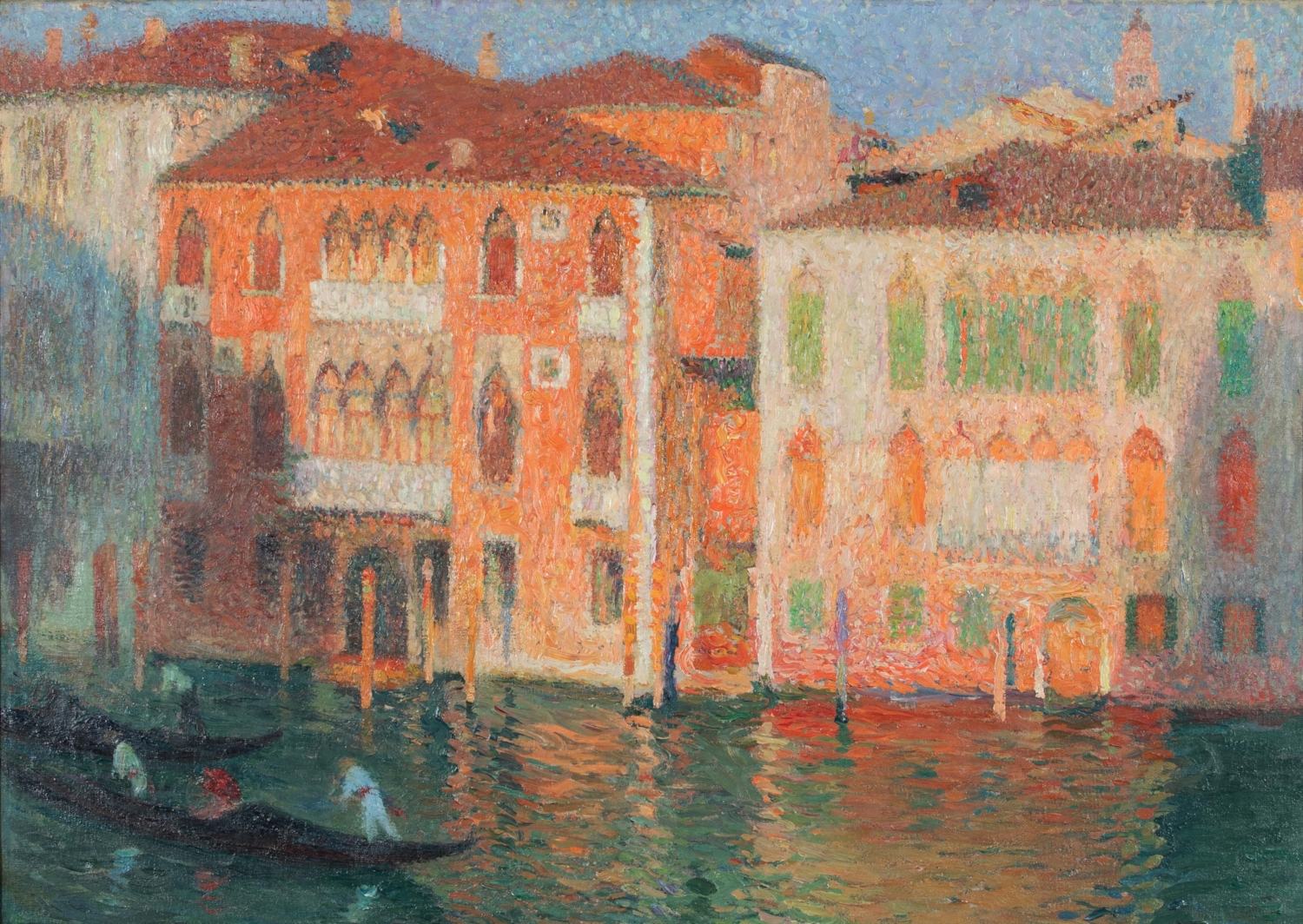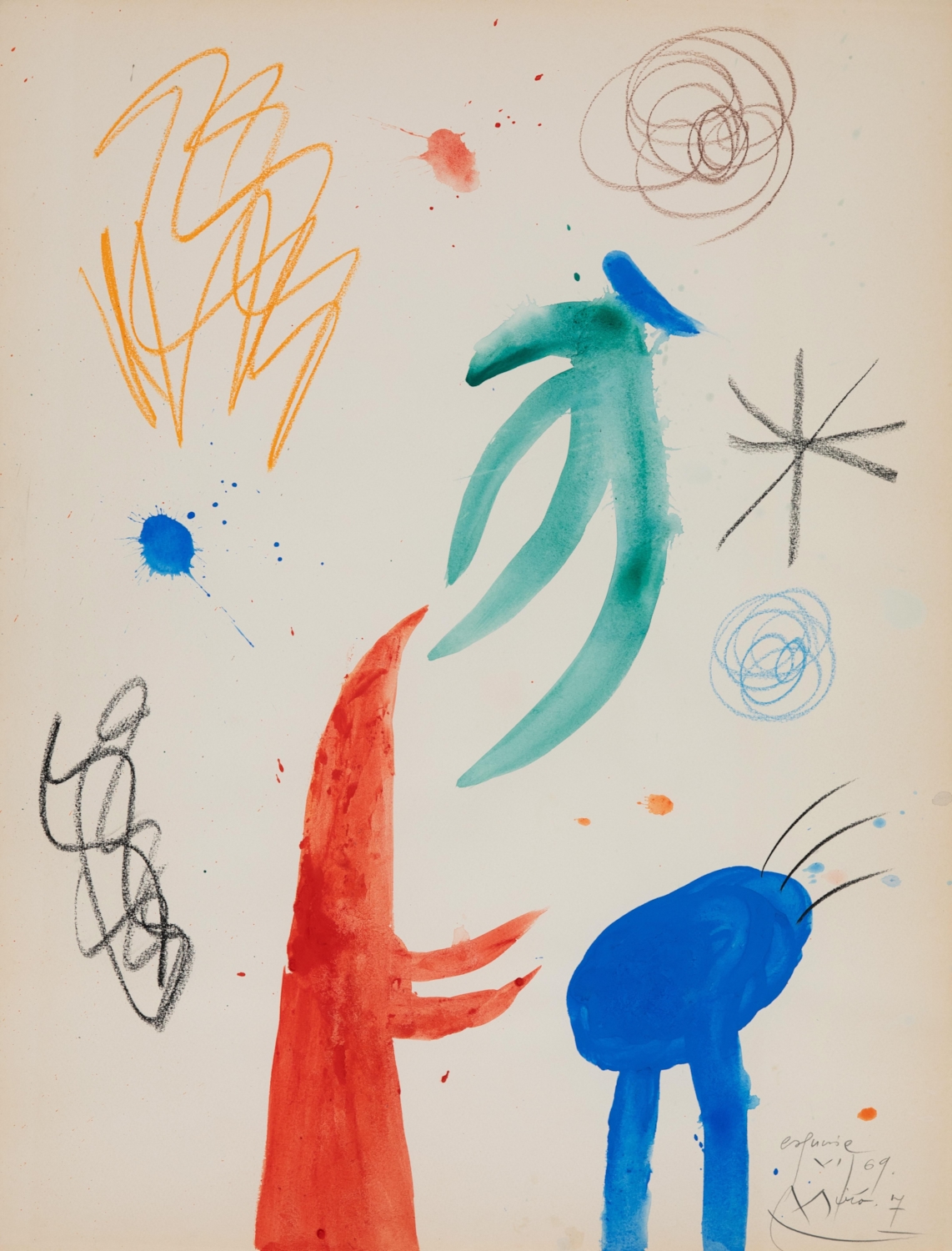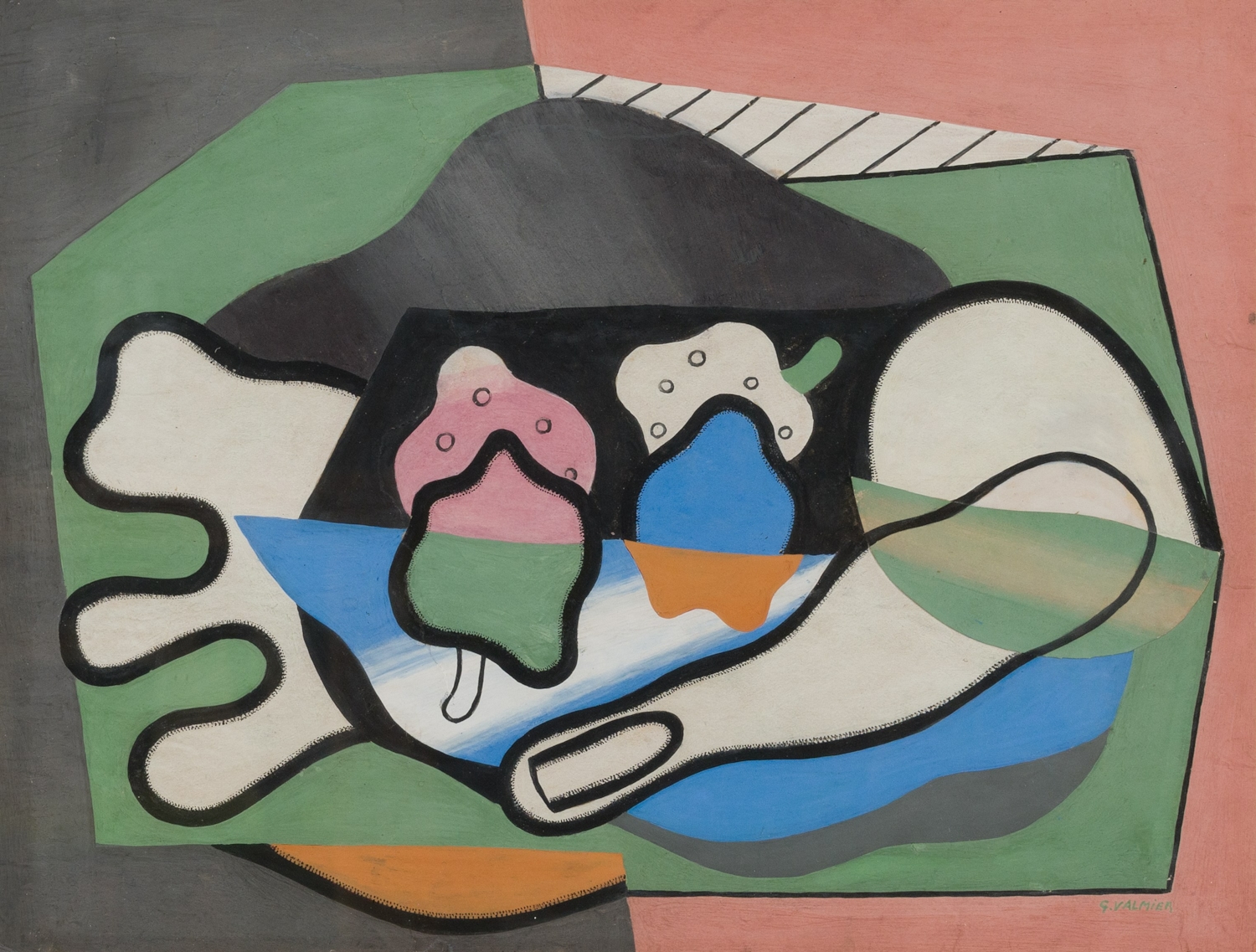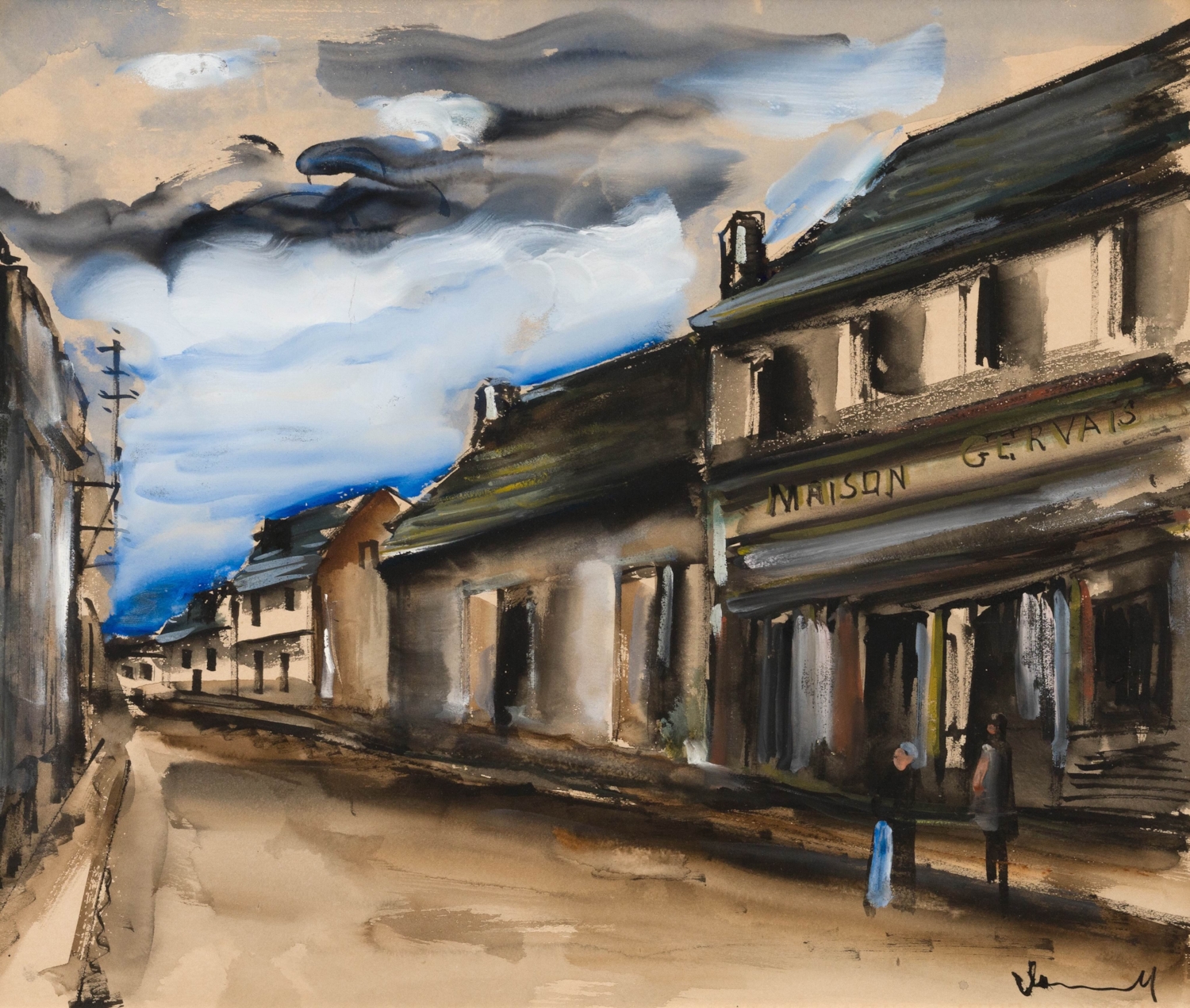Henri Lebasque
1865 - 1937
Femmes et Enfants dans un Jardin en Été
96.2 x 76.2 cm (37 ⁷/₈ x 30 inches)
Signed lower right, Lebasque
Executed in 1912
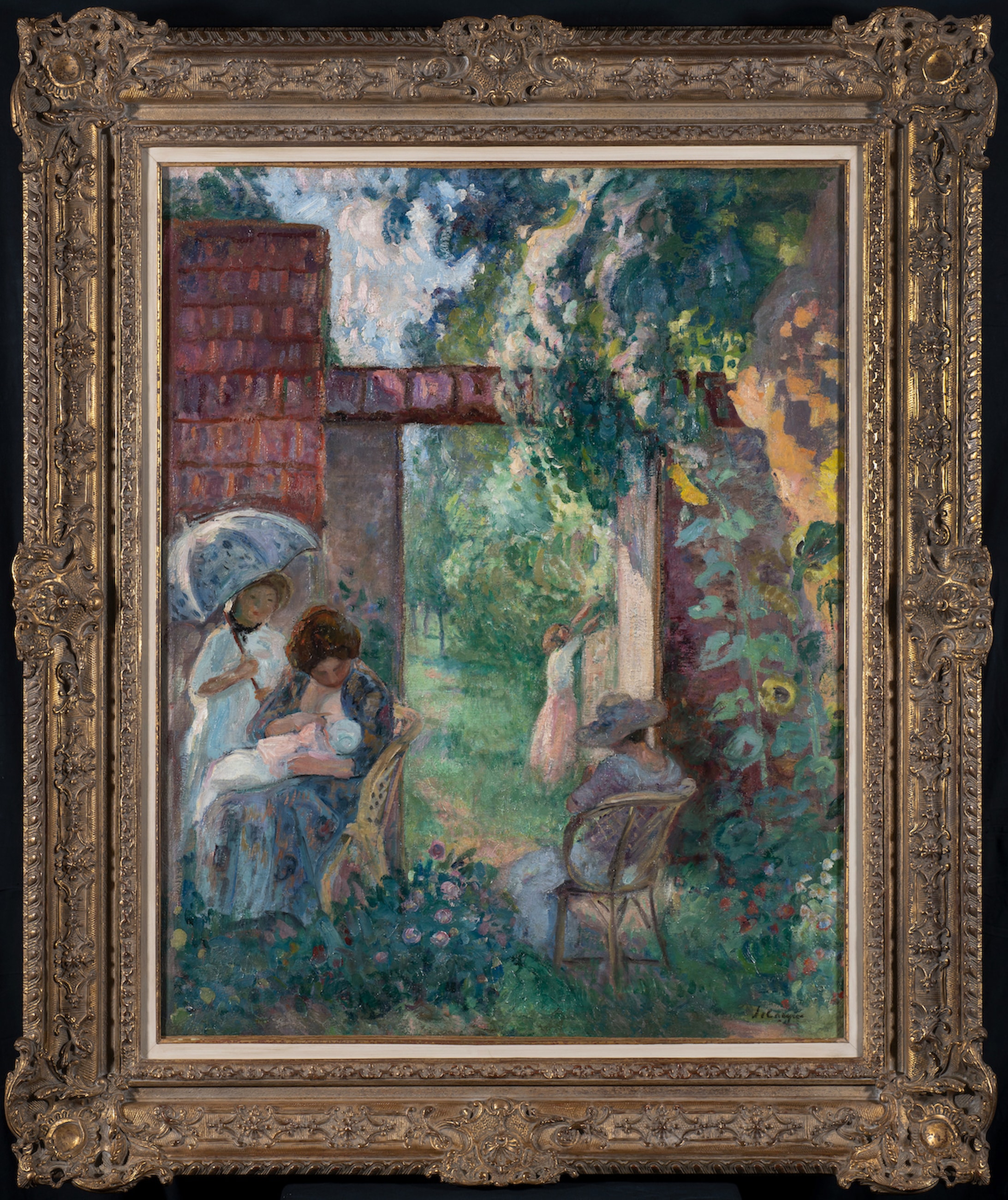
Sale, Hôtel Rameau, Versailles, 1981
Sale, Hôtel Drouot, Paris, 1989
Galerie Casa Bella, Paris
Sale, Perrin-Royère-Lajeunesse, Versailles, 1989
Private collection, UK
Henri Lebasque
biography
The artist was integral to the post-impressionist movement, where after learning from Impressionists themselves, he set out alongside Henri Matisse, Albert Gliezes and Jacques Villon, who were amongst the founding members of the Salon d’Automne in 1903. He continued to exhibit at the Salon des Independents, most notoriously with Matisse and the Fauves in the 1905 exhibition that gave the French Expressionists the name ‘Fauve’ meaning wild beast and dubbed by Louis Vaucxelles. The women he depicts are sensuous and are set amongst beautiful gardens and rural settings. He is known for his intimate nudes, and his mastery over the capturing of light that falls through the canopy of trees and shrubs onto his subjects.
His move to the French Riviera seeking its source of light provided a transformation in his palette that would last in all his paintings, displaying an abundance of light and colour. Lebasque moved to Cannes with Matisse and Bonnard as his neighbours in 1924. The artist had great commercial success and was wildly popular during his lifetime. He was described as “the painter of joy and light”.
He died in Le Cannet, France in 1937.
His works are held in collections of the Musée d’Orsay, Paris; the Museum of Modern Art, New York; the National Gallery of Washington, D.C.; the National Museum of Western Art, Japan among others.
Henri Lebasque
biography
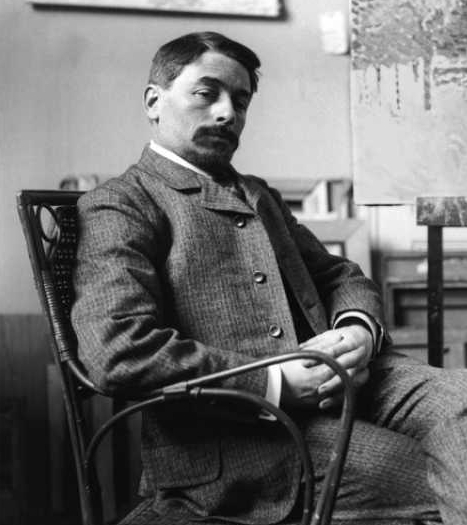
you may also like
1865 - 1935
Paysage d'Automne à Nesle la Vallée
65 x 81.2 cm (25 ⁵/₈ x 32 inches)
1860 - 1943
Venise, palais et gondoliers sur le Grand Canal
68.5 x 96 cm (27 x 37 ³/₄ inches)
1885 - 1937
La main tenant fraises
21.2 x 28.1 cm (8 ³/₈ x 11 inches)
1883 - 1955
Rue à Sannois
53 x 78 cm (20 ⁷/₈ x 30 ³/₄ inches)

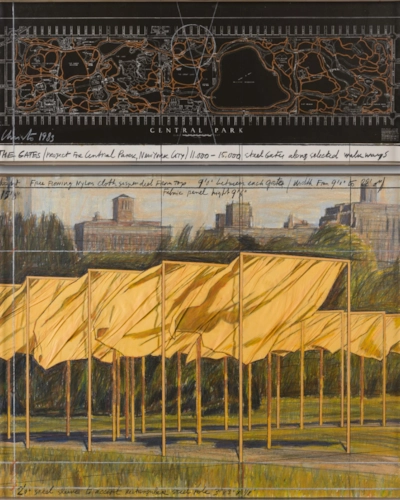
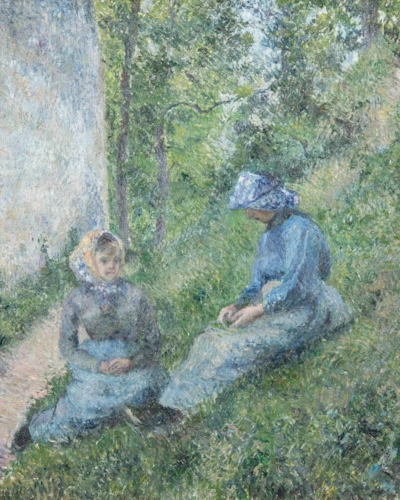
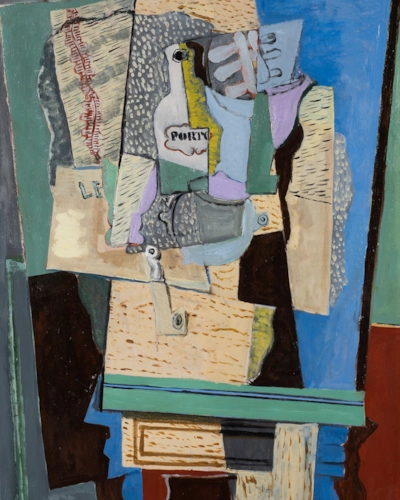
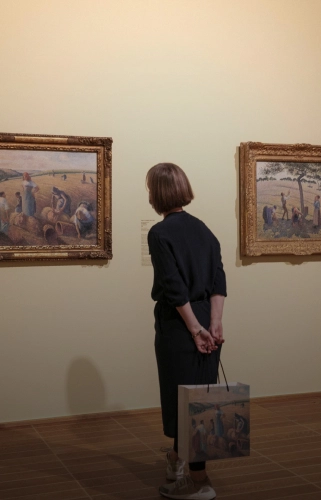
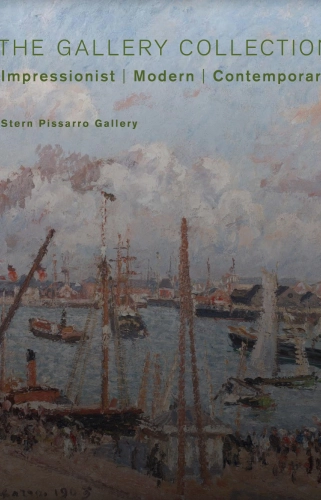
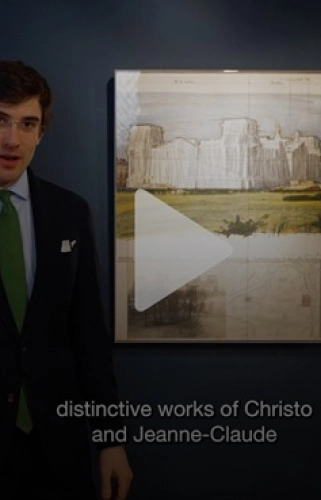
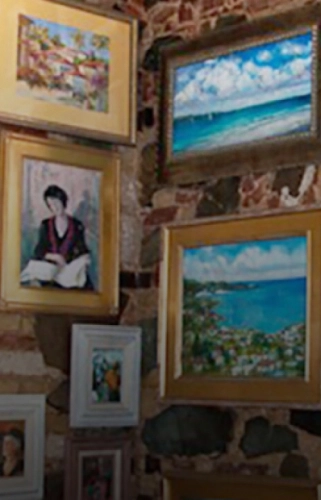
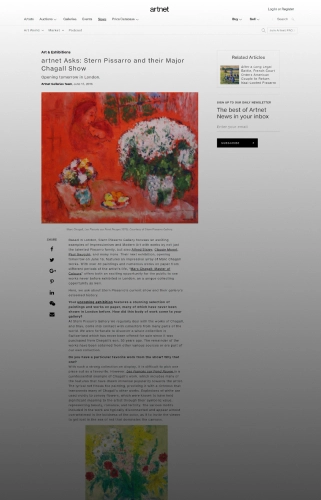
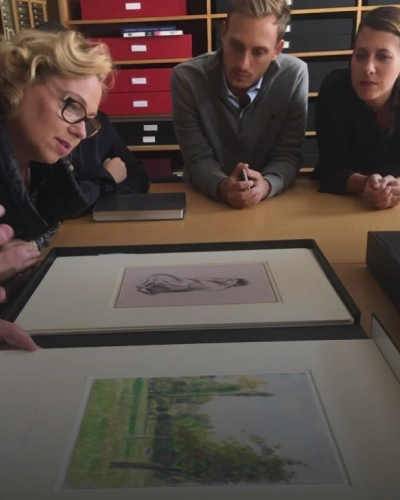
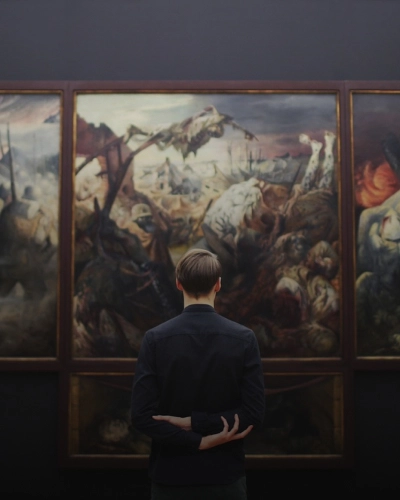
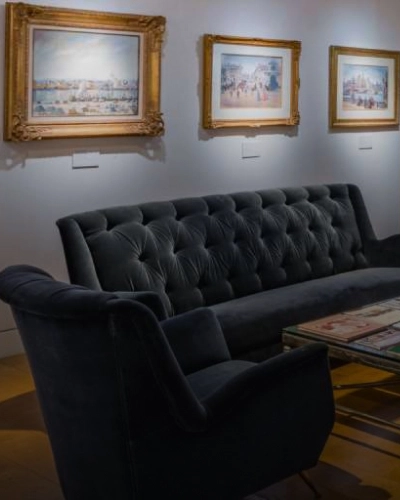
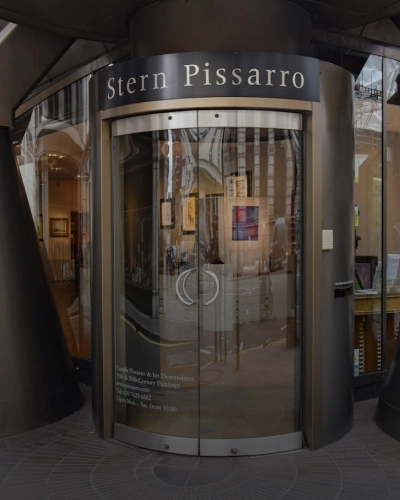
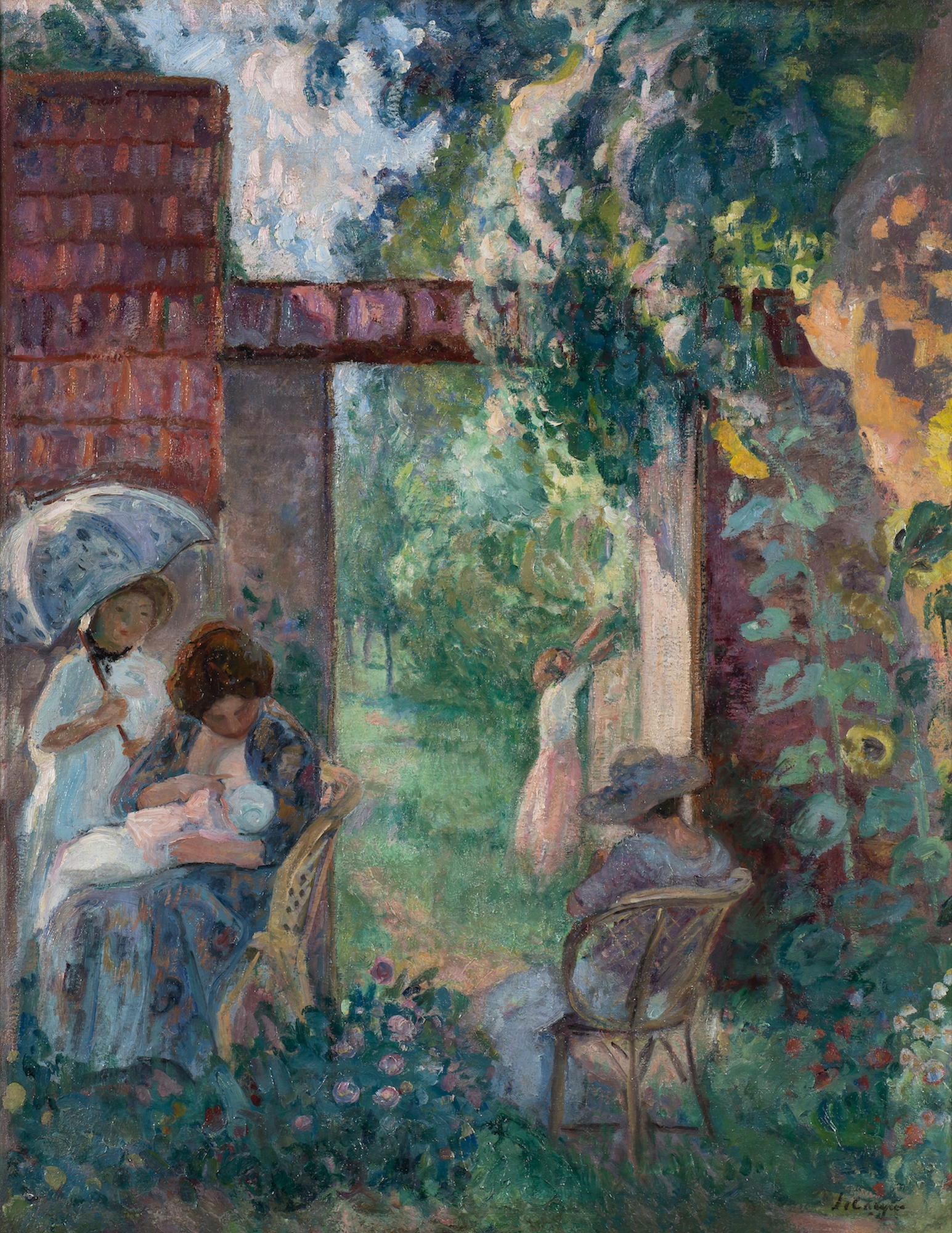

 HR_1112024T16449.258.jpg?width=1500&height=1500&quality=100&mode=max&scale=both)
